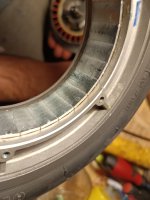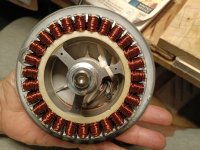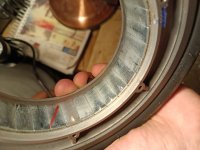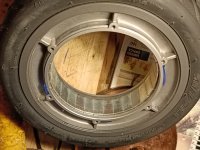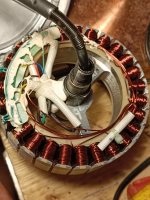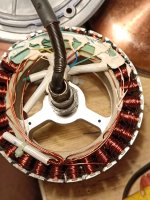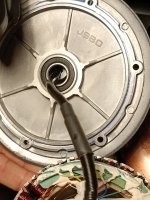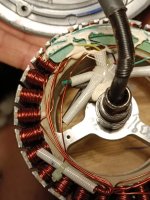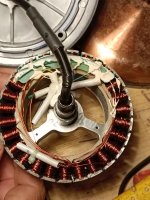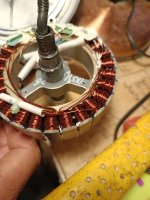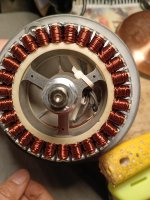BLACK and RED: always 4.3V constant, weather the wheel is spinning or not
(BLACK and BLUE) and (BLACK and YELLOW) and (BLACK and GREEN) : fluctuates between 0.038V and
5.020V when spinning the wheel very slowly
When the wheel gets spinning a bit the fluctuating voltage of BLACK with BLUE, GREEN AND YELLOW becomes a constant 2.525V. That's what I'm reading on my multimeter.
(BLACK and BLUE) and (BLACK and YELLOW) and (BLACK and GREEN) : fluctuates between 0.038V and
5.020V when spinning the wheel very slowly
When the wheel gets spinning a bit the fluctuating voltage of BLACK with BLUE, GREEN AND YELLOW becomes a constant 2.525V. That's what I'm reading on my multimeter.


